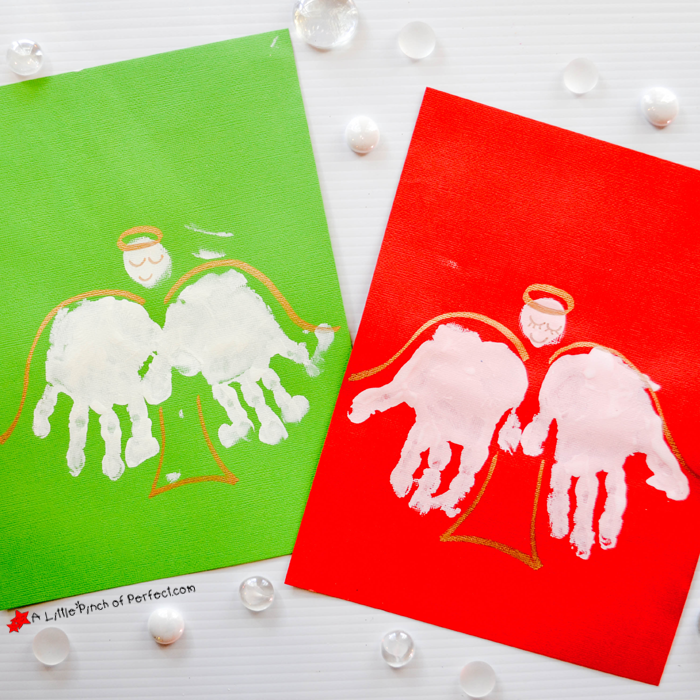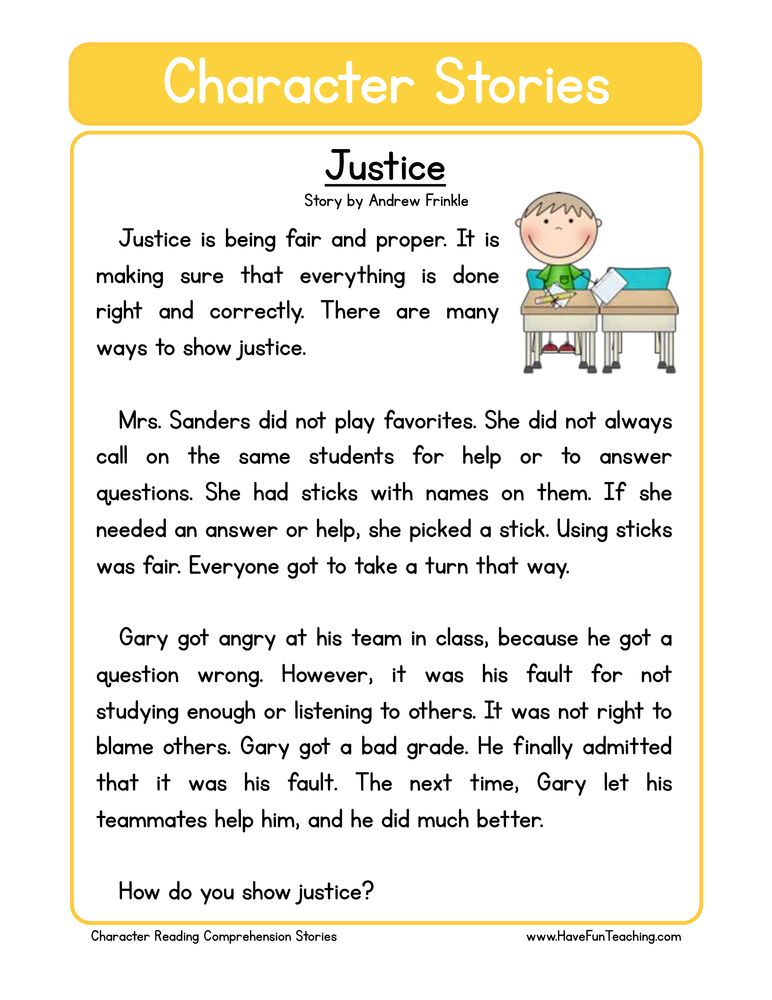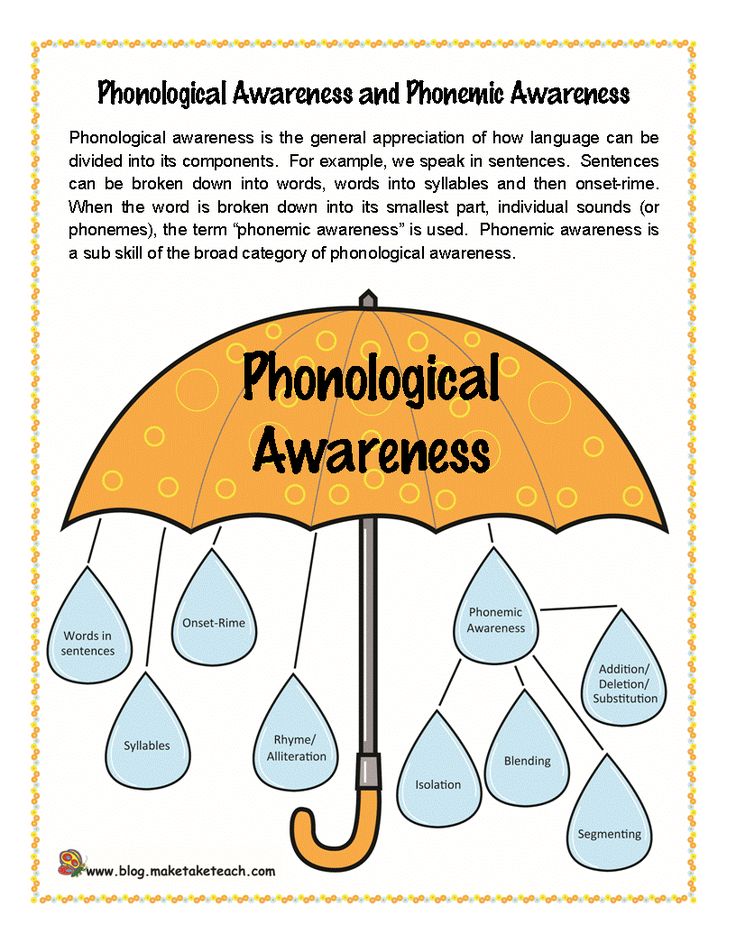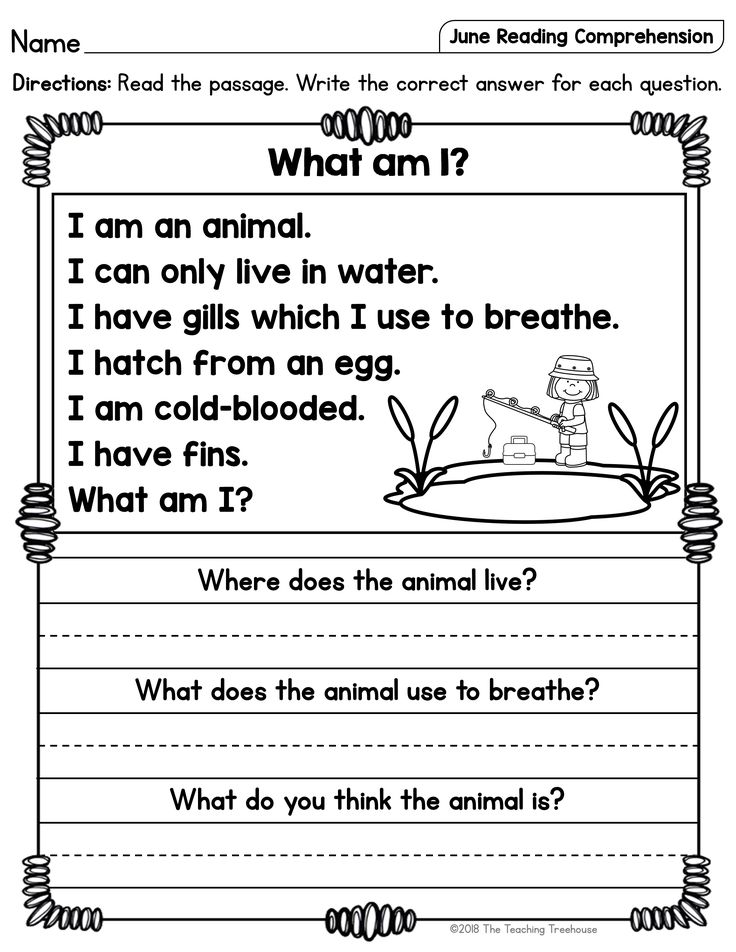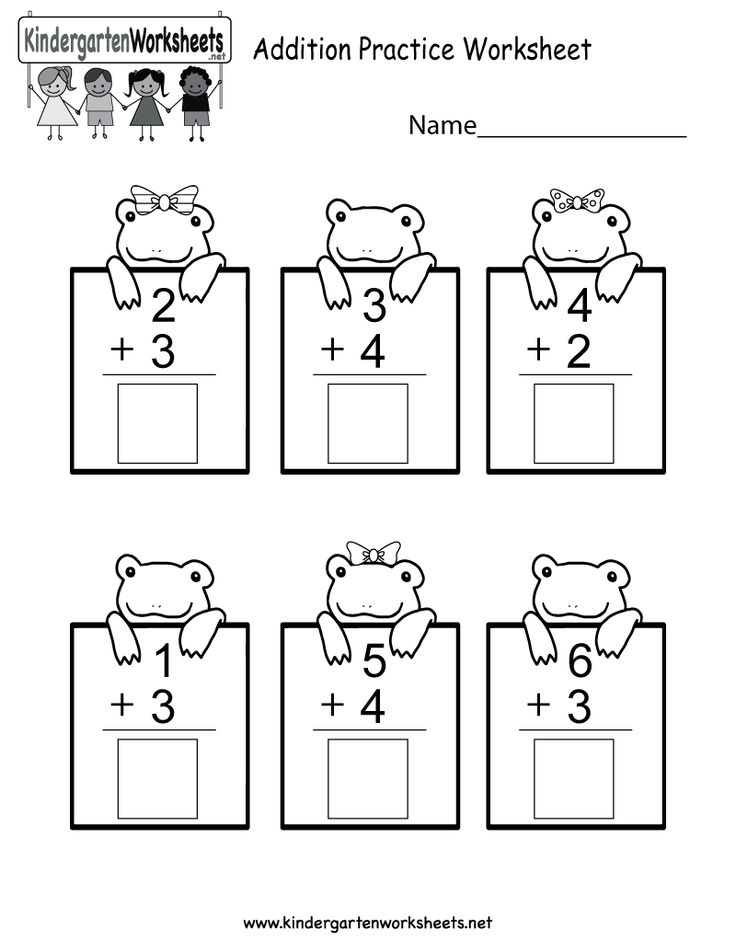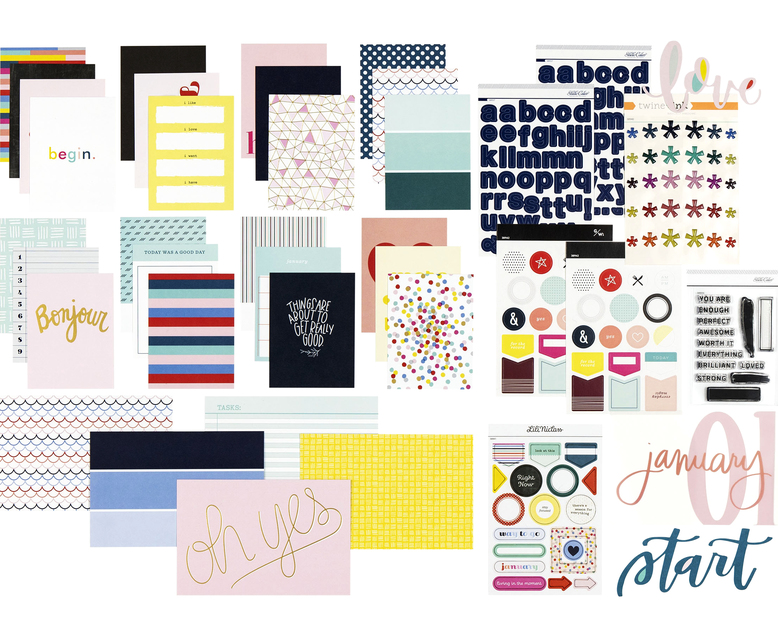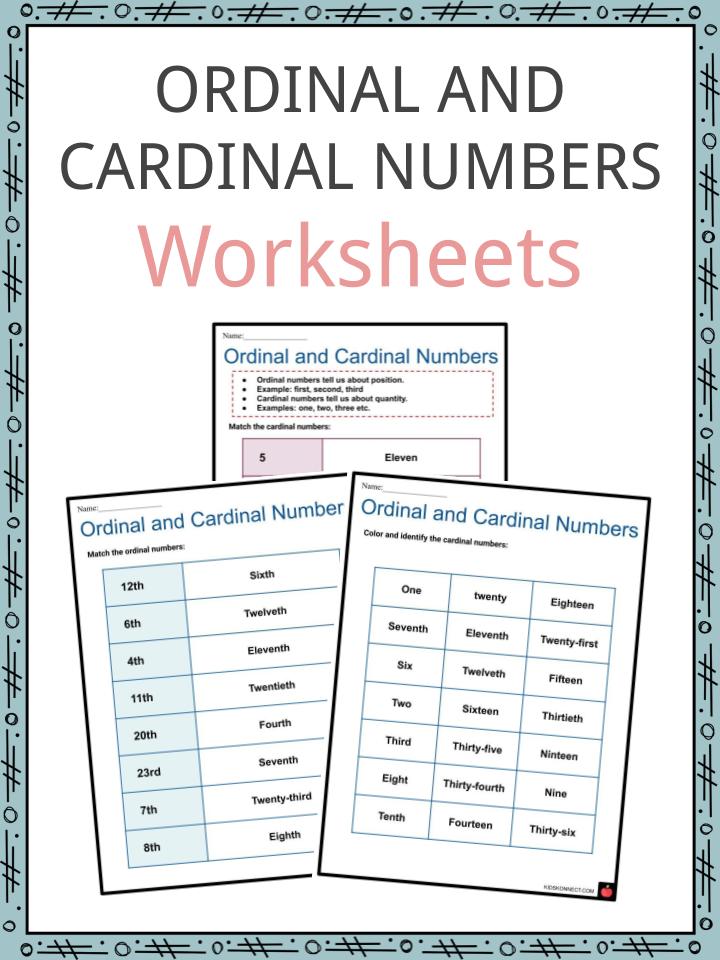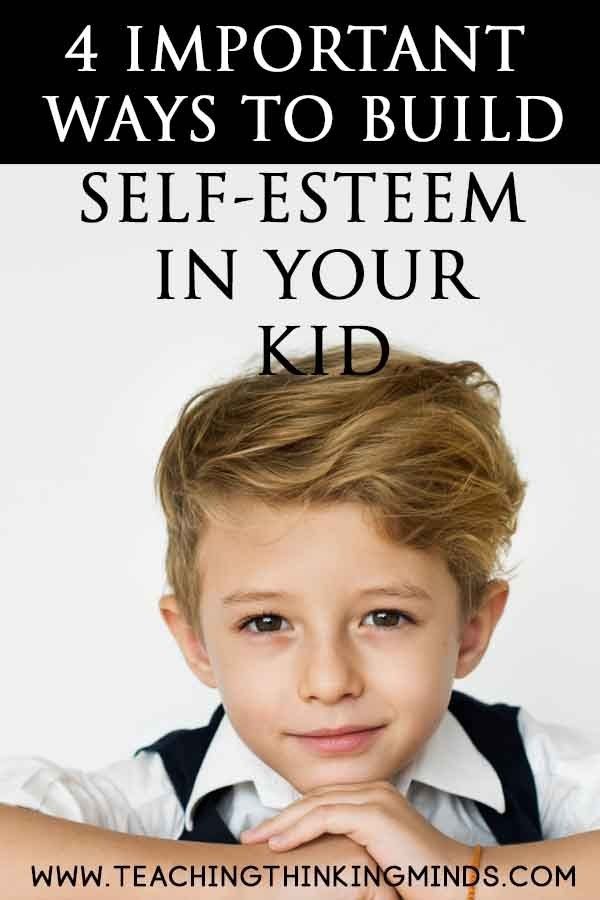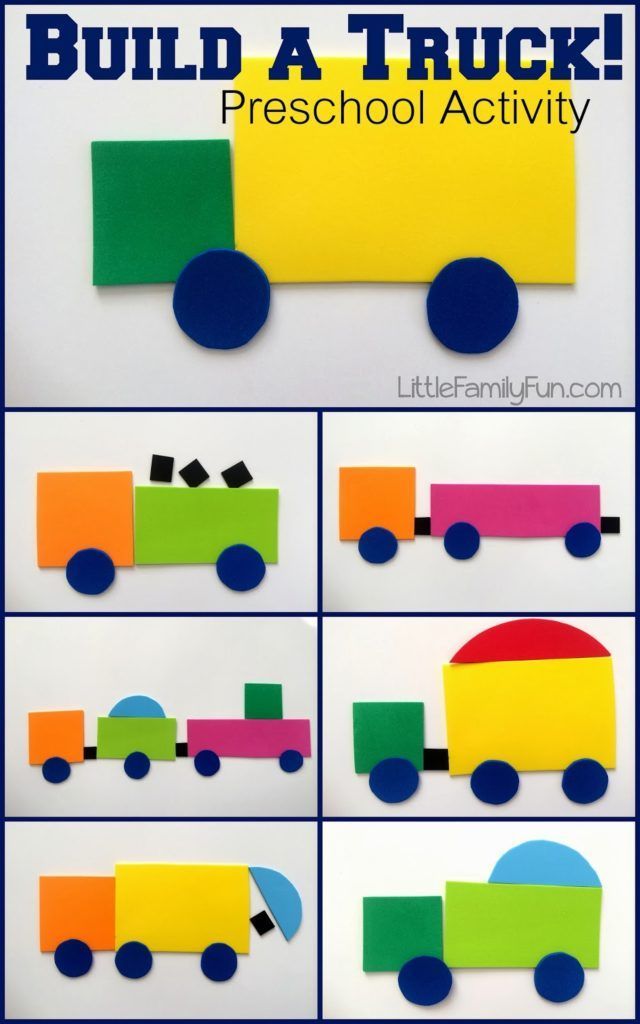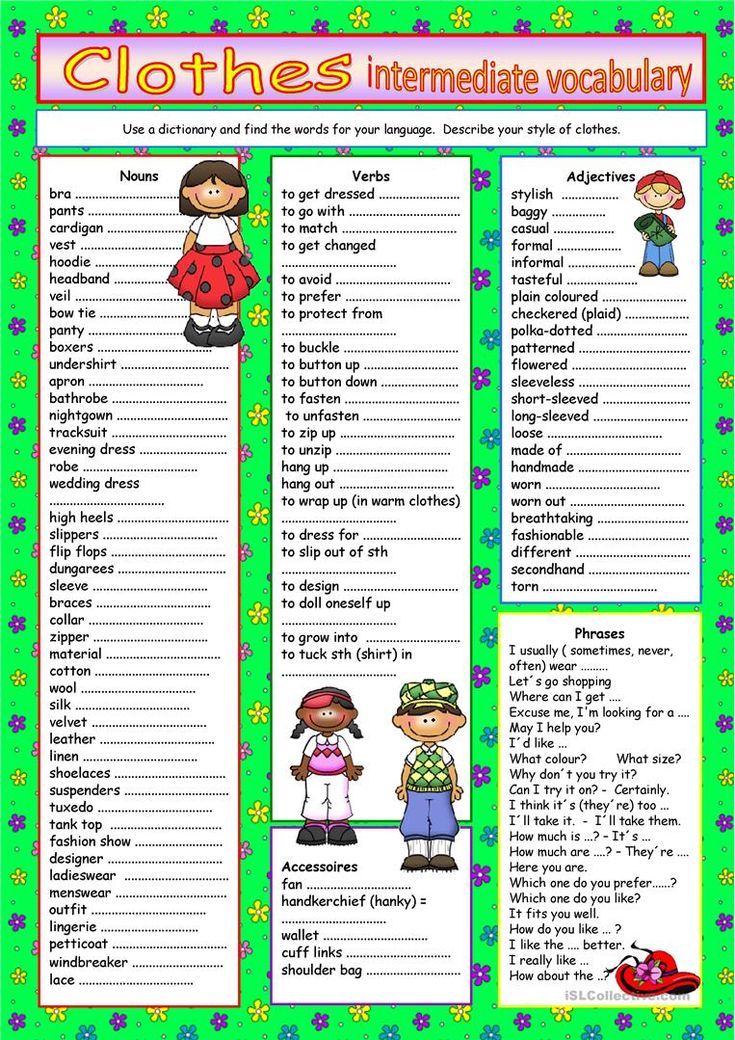Spelling for 5 year olds
Spelling in Year 1 (age 5–6)
In Year 1, your child will learn about the alphabet and will learn to spell some basic words.
Read on to discover the National Curriculum expectations for spelling in Year 1, and to find out how you can support your child at home.
What your child will learn
Take a look at the National Curriculum expectations for spelling in Year 1 (age 5–6):
Spelling words using the 40+ phonemes they have already learnt
Phonics is a way of teaching children to read and spell. English is made up of around 44 different sounds. We call these sounds phonemes. Like most languages, English has a code for how we write these sounds down. Each phoneme can be represented by one or more letters. Find out more about how phonics works:
When they start primary school, children will learn to use phonics to spell words that contain these sounds. English writing sometimes represents the same sound in different ways, so they might not always get it right every time (for example, they might spell ‘name’ as ‘naim’ or ‘naym’).
For a full list of the sounds that children will learn to spell in Year 1, take a look at the National Curriculum spelling appendix.
Spelling common exception words
In some English words, the spelling of the word doesn’t appear to fit with the phonemes that children have been taught so far. These are often called ‘common exception words’ or ‘tricky words’. In Year 1, children will learn to spell the ones that are used most often in writing. They include:
the, a, do, to, today, of, said, says, are, were, was, is, his, has, I, you, your, they, be, he, me, she, we, no, go, so, by, my, here, there, where, love, come, some, one, once, ask, friend, school, put, push, pull, full, house, our
To practise spelling common exception words, download our Year 1 common exception words worksheet.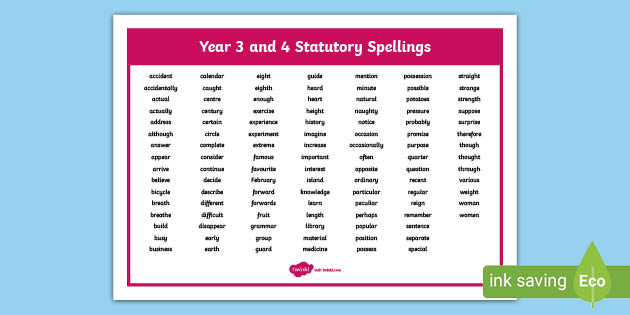
Spelling the days of the week
Your child will learn to recite and spell the days of the week: Monday, Tuesday, Wednesday, Thursday, Friday, Saturday, and Sunday.
Naming the letters of the alphabet
Your child will learn to:
-
- name the letters of the alphabet in the right order
- use letter names to distinguish between alternative spellings of the same sound (for example, to understand that ‘ceiling’ and ‘sea’ use different letters to show the same ‘ss’ sound).
Adding some prefixes and suffixes to words
Suffixes are morphemes (groups of letters that mean something on their own) that are added at the end of a root or root word to change the meaning. Prefixes are morphemes added at the front of a word. Over the course of Year 1, children will learn about some of the most common prefixes and suffixes to change the tense of a word:
-
- using the spelling rule for adding -s or -es as the plural marker for nouns and the third person singular marker for verbs
- using the prefix un-
- using -ing, -ed, -er, and -est where no change is needed in the spelling of root words.
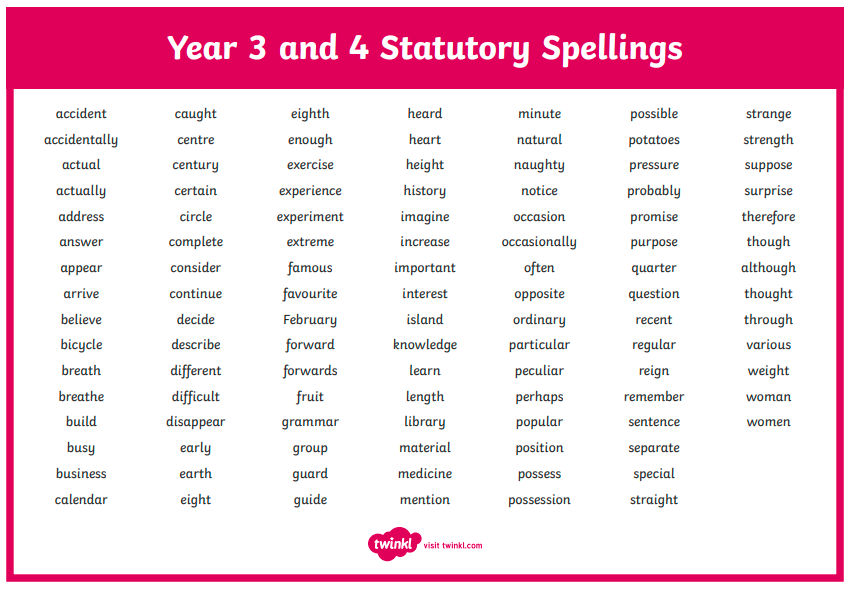 For example, helping, helped, helper.
For example, helping, helped, helper.
How to help at home
There are lots of ways you can help your Year 1 child with spelling. Here are our top ideas.
1. Practise phonics
Phonics is the main way your child will learn to spell at the start of primary school. You can use phonics by encouraging your child to spell a word by breaking it up into individual sounds and then matching those sounds to the letters of the alphabet.
Reminding children to segment ‘frog’ into its four sounds – ‘f’ ‘r’ ‘o’ ‘g’ – sounds like such a basic way of supporting spelling, but practising it is very important if it is to become second nature. Take a look at our phonics page to find out more.
Video: What is phonics?
Watch this fun animation to find out about phonics and understand the key aspects of learning to read using phonics.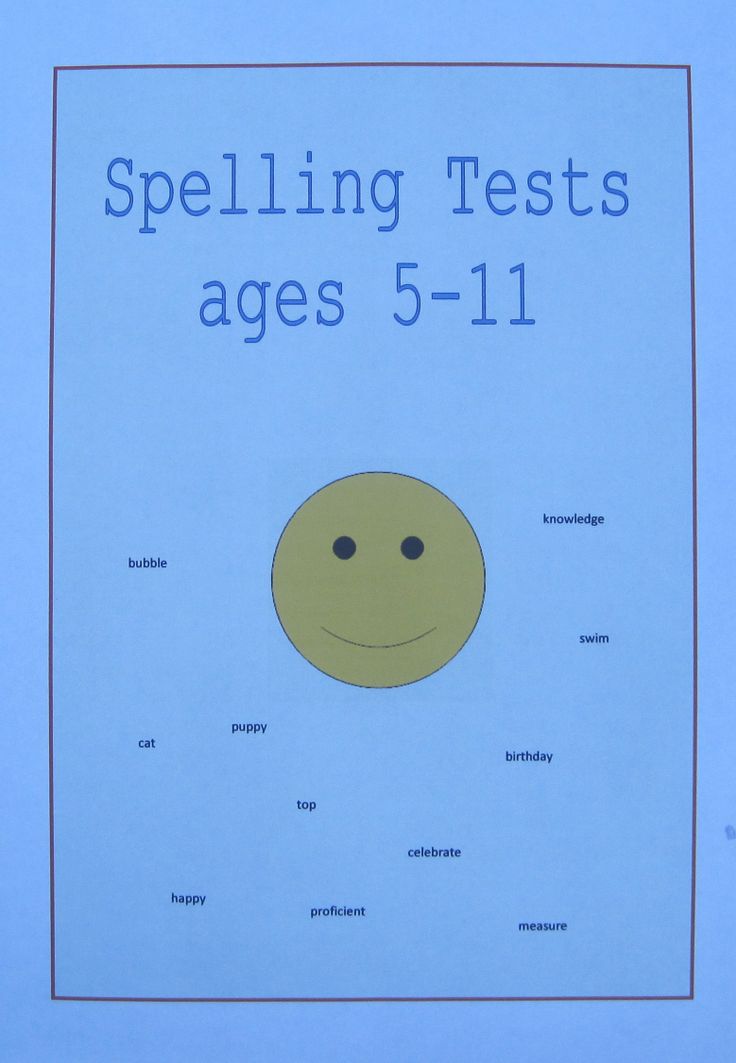
2. Help with spelling homework
Some schools send spelling words home to learn in Year 1, while others just use phonics sessions at school to teach spelling. If words do come home as a list to learn (perhaps for a spelling test), then helping your child to learn them can be really helpful. If they are struggling to remember them, you might:
3. Play spelling games
Playing games can help children to learn about spelling in an enjoyable way. Watch grammar expert Charlotte Raby’s video ‘How can I help my child with grammar, punctuation and spelling?’ to see some fun and easy games:
Video playlist: How can I help my child with SPaG?
Charlotte Raby offers her expert advice for helping your child develop their grammar, punctuation, and spelling skills at home.
Online games such as Word Worm can be motivating, and so can more traditional games like hangman. Making silly sentences can be great fun too. Challenge your child to write a silly sentence, including as many of the words on their spelling list as possible.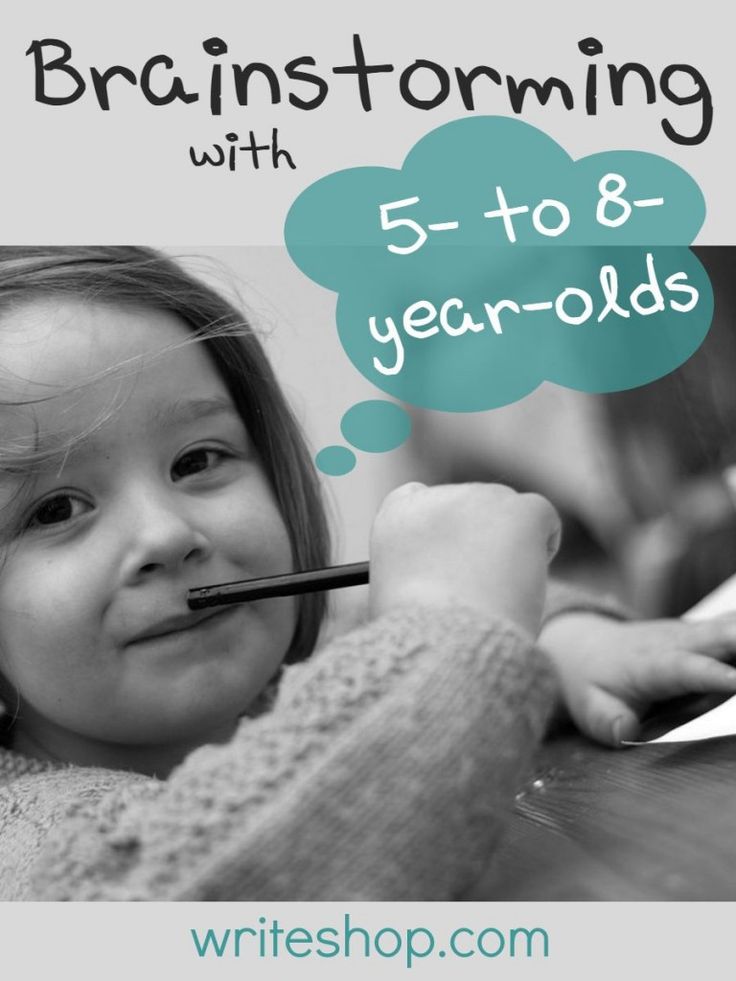
For example, your child may have to learn ‘room took hoop foot book’. They could make up a silly sentence such as ‘The boy took his book across the room but got his foot caught in a hoop’. Why not draw illustrations to go with the sentences?
4. Find the right resources
Learning to spell is a gradual process and mastering English’s complex spelling system can take time. All children are different: some pick up spelling quickly, while others take longer. Whatever their level, we have lots of free spelling activities to support them.
Year 1 common exception words
Learn the common exception words children are expected to spell by the end of Year 1.
The Basic Spelling Vocabulary List
By: Steve Graham, Karen R. Harris, Connie Loynachan
This list was created to help teachers know which spelling words should be taught to kids in grades 1–5. The list contains 850 words that account for 80 percent of the words children use in their writing — the ones they need to be able to spell correctly.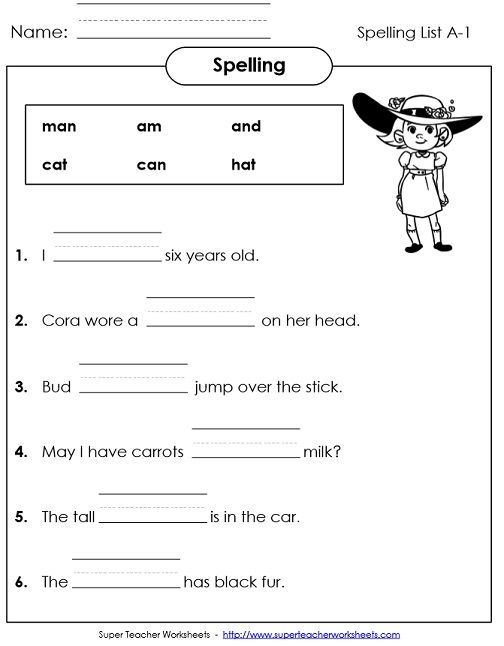
This list was devised to help educators know which spelling words should be taught to children. The list contains 850 words that account for 80 percent of the words children use in their writing — the ones they need to be able to spell correctly.
Mastering this relatively small corpus of words yields a high rate of return. For example, the most common 1,000 words are used 13 times more frequently than the next most common 1,000 words. It also provides teachers flexibility in planning spelling instruction, providing an opportunity to give children the "basics" while supplementing with other spelling words germane to classroom activities.
Grade level for each word was determined based upon difficulty, pattern of occurrence in children's writing across grades, and grade placement on current vocabulary lists and spelling materials.
Words that children have difficulty spelling correctly are marked with an asterisk.
Grade 1 | |||
|---|---|---|---|
| a | fat | like* | sat
|
Back to Top
Grade 2 | |||
|---|---|---|---|
| about* | father* | lives | set |
Back to Top
Grade 3 | |||
|---|---|---|---|
| able | even | mind | spelling |
Back to Top
Grade 4 | |||
|---|---|---|---|
| across | during | mountain | sure* |
Back to Top
Grade 5 | |||
|---|---|---|---|
| although | different* | planet | suddenly
|
Back to Top
Graham, S.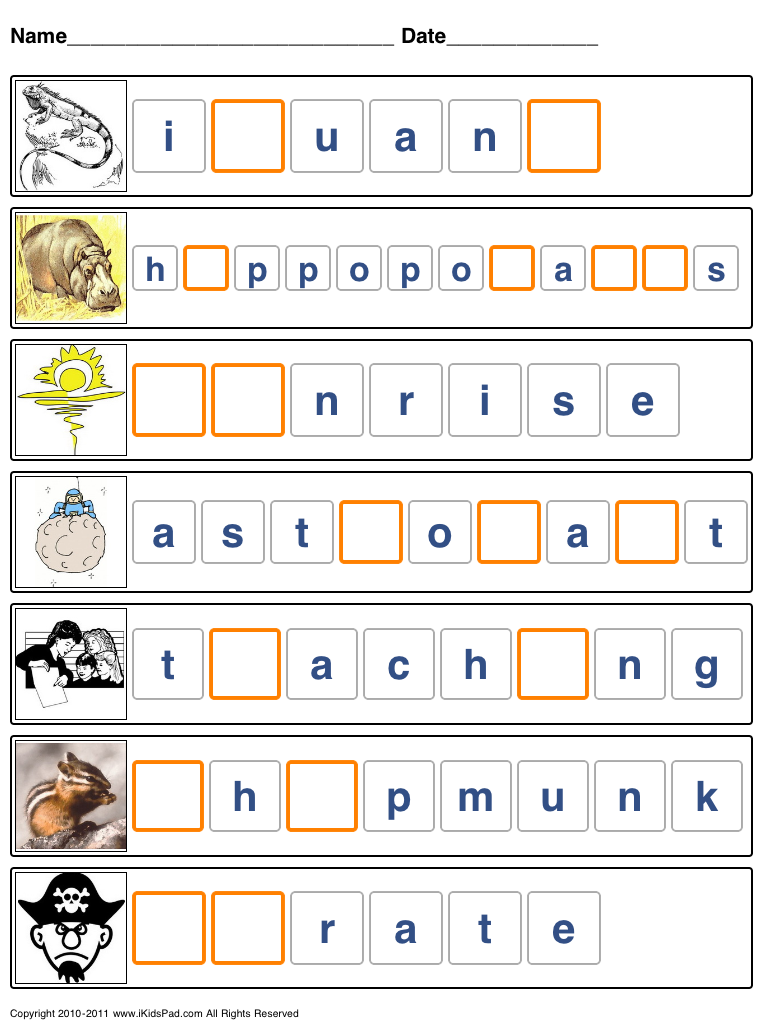 , Harris, K.R. and Loynachan, C. (1993). The Basic Spelling Vocabulary List. Journal of Educational Research 86(6) 363-368.
, Harris, K.R. and Loynachan, C. (1993). The Basic Spelling Vocabulary List. Journal of Educational Research 86(6) 363-368.
Reprints
You are welcome to print copies for non-commercial use, or a limited number for educational purposes, as long as credit is given to Reading Rockets and the author(s). For commercial use, please contact the author or publisher listed.
Related Topics
Early Literacy Development
Spelling and Word Study
Vocabulary
Writing
New and Popular
100 Children’s Authors and Illustrators Everyone Should Know
A New Model for Teaching High-Frequency Words
7 Great Ways to Encourage Your Child's Writing
All Kinds of Readers: A Guide to Creating Inclusive Literacy Celebrations for Kids with Learning and Attention Issues
Screening, Diagnosing, and Progress Monitoring for Fluency: The Details
Phonemic Activities for the Preschool or Elementary Classroom
Our Literacy Blogs
Teaching Students to Use Context
Kids and educational media
Meet Ali Kamanda and Jorge Redmond, authors of Black Boy, Black Boy: Celebrating the Power of You
Get Widget |
Subscribe
Copybooks for children - Print and circle!
- Home
- Copy
Here you can download all kinds of recipes for children and print them for free. Among them there are recipes for mathematics, recipes with capital letters, recipes for kids, recipes for preschoolers and primary school students: grades 1, 2, 3, 4, 5, 6, 7, etc. For children 5, 6, 7, 8, 9 years old.
Among them there are recipes for mathematics, recipes with capital letters, recipes for kids, recipes for preschoolers and primary school students: grades 1, 2, 3, 4, 5, 6, 7, etc. For children 5, 6, 7, 8, 9 years old.
Copybooks are a very important methodological material for children, as they teach a child's hand to write, stimulate the development of beautiful handwriting and develop a positive attitude towards learning. Children who at preschool age were not familiar with copybooks and did not study them regularly have big problems in elementary school - they hardly learn to write, their handwriting is far from ideal, and every word written in a notebook is perceived by them as the most difficult work, and sometimes real pain. Where, then, will the love for learning and the incentive to achieve school success come from?
Be sure to print out various recipes for your kids, starting from the earliest years, and you will not regret it - your child will always delight you with his academic efforts, good grades and excellent handwriting!
To delve deeper into preparing children for school, use our section on teaching a child to read, in which you will find a lot of useful educational materials with the alphabet, syllables, word processing, game aids and much more . ..
..
These recipes for schoolchildren of grade 1 and elementary school students will allow children to get the first skills in calligraphy and handwriting. Recipes can be used for self-study at home.
Help kids develop their fine motor skills with dotted or outlined tracing. Our tracing tasks and exercises for children aged 5-6 will help your little one prepare their hand for writing...
Your child knows how to pronounce the alphabet. Now it's time for him to start writing letters on paper. Children learn the basics of writing at school, but handwriting needs to be developed at home as well.
Here you can download Russian copybooks for children (printed letters) with tasks. Materials in the original size are posted at the bottom of the page in one file. Learning to write, the child will be able to learn not only how to write letters correctly, he will have a great opportunity to color pictures and perform various tasks.
In this material, you can download in the attachments at the bottom of the page the exercises for children "Circle the dots". Such tasks will serve as a great start for the baby while learning to write and help develop a beautiful handwriting in a child.
Such tasks will serve as a great start for the baby while learning to write and help develop a beautiful handwriting in a child.
Here you can download tasks for kids "Circle the dots of the picture", where the child must first circle each depicted object along the contour, and then color the resulting pictures. Exercises will help you teach your child to write, and will also develop fine motor skills of the baby.
Here you can download eight exercises for preschoolers "Capital Russian letters" in one file, which will help your child form ideas about the correct combination of capital letters in words, and provide the child with the opportunity to practice writing some letters and words on their own.
Copybooks for children "Capital letters from A to Z" you can download in attachments at the bottom of the page in one file. These are indispensable activities for preschoolers who are learning to write. Timely teaching of children will certainly bring positive results during school hours, besides, a beautiful handwriting is gradually formed and developed in the child, the speed of writing letters is increasing, and there is also a desire and love for learning.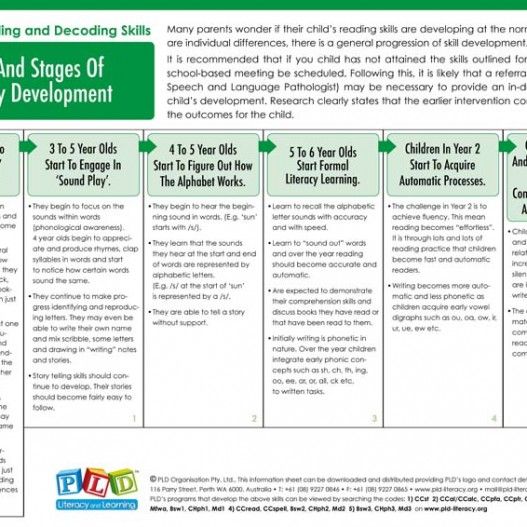
Here you can download the "Writing while playing" recipes, which consist of 33 worksheets for children from 5 years old. Performing simple and exciting sentences, your child: gets acquainted with the basic elements of numbers and letters, forms graphic skills, trains fine motor skills, develops attention and memory, learns to complete tasks independently...
Copybook for children capital letters is the best educational material for training a preschooler and younger students in writing. After all, it is capital letters that cause difficulties in primary school children.
Print copybooks for preschoolers with block letters
Contents
- Print copybooks for children with block letters
- Print copybook for children 5 years old
- Print copybooks for children 6 years old
- Print prescriptions for preschool children
- Uzorova, Nefedova. Getting ready to write. We develop fine motor skills
- 1000 exercises to prepare the hand for writing
- Uzorova, Nefedova.
 Learning to write. Letters, syllables, words, sentences
Learning to write. Letters, syllables, words, sentences
Print copybooks for preschoolers with block letters. For children 5, 6 years old: elements of letters, printed letters, fine motor skills training, strokes, popular preschool copybooks.
Only adults can think that the ability to write letters evenly, correctly and beautifully is born from the student's diligence and correctly selected copybook.
When a child writes, the areas of the brain responsible for abstract thinking, motor skills, coordination, reading, writing, imagination, memory, intelligence are activated.
It becomes obvious that it is necessary to prepare a child for school in a complex way, and not by training only a hand. A variety of tasks to prepare for school here.
If the hand gets tired quickly or the letters do not work out - you need to practice graphomotor skills by doing:
- graphic dictations,
- tracing drawings along dotted lines,
- drawing by dots and numbers,
- copying drawings,
- coloring,
- doing pixel tasks.

Typically, prescriptions for preschoolers and first-graders include several popular methods for teaching writing in sequence: elemental, copying and linear . All these methods meet the requirements of GEF and have been tested by many generations of children studying calligraphy.
Print copybooks for children with printed letters
Many teachers advise trying to print letters in parallel with learning to read. Exactly what happens in 1st grade. Children learn the sound, the letter, its graphic symbol - spelling. This activates the memory and makes it easier to remember.
Print copybook for children 5 years old
Preschoolers 5 years old do not have to learn how to write letters. The main thing at this age is to develop graphomotor skills and not develop an aversion to learning. This means that prescriptions for children of 5 years old should not be boring! Good decision - coloring pages .
Print recipes for children 6 years old
Kindergarteners and at home are busy preparing for school. They already have “serious” recipes for children of 6 years old: with elements of capital letters, printed letters, eyelets, circles, etc.
Print recipes for preschool children
In this section - fragments of well-known manuals leading teachers and authors. You can print fragments of copybooks for children and purchase them if your child likes the manual.
Uzorova, Nefedova. Getting ready to write. We develop fine motor skills
The manual contains a set of logically thought out and interesting exercises: graphic dictations, tracing drawings by dots, coloring, copying, coloring according to the model, etc.
1000 exercises to prepare your hand for writing
Labyrinths, patterns, pictures, interesting game tasks and graphic exercises - a guide to the Labyrinth.
Uzorova, Nefedova. Learning to write.


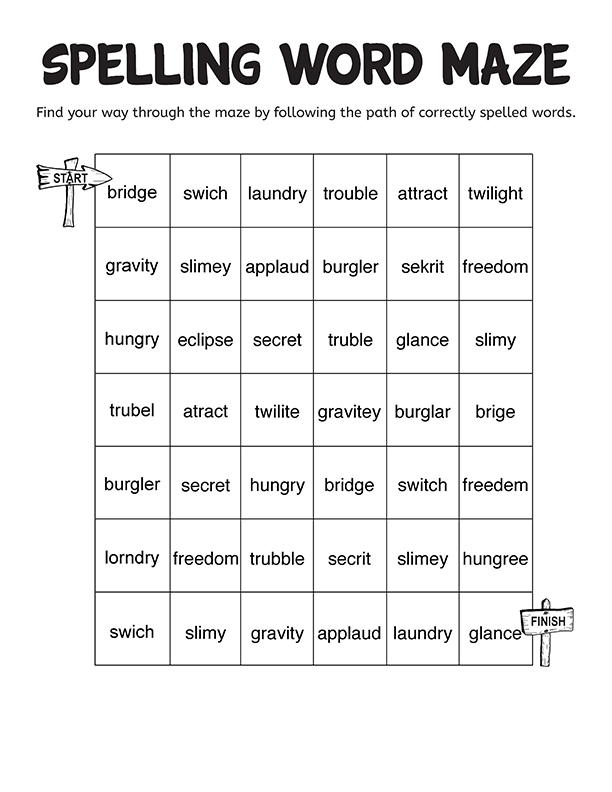 *
*